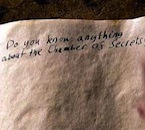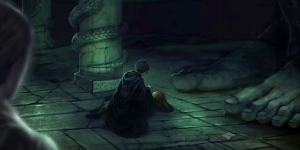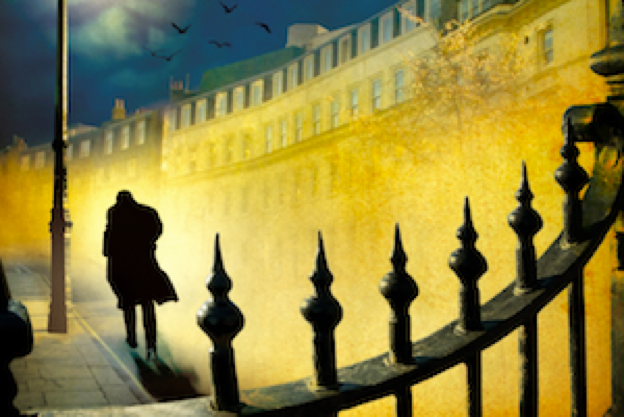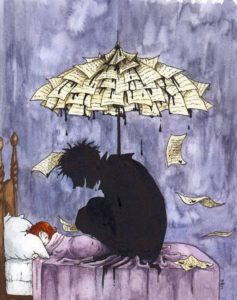The Second of Seven: “Chamber of Secrets” and “The Silkworm”
Last week I compared Harry Potter and the Sorcerer’s Stone with The Cuckoo’s Calling in preparation for Robert Galbraith’s new novel Career of Evil, which will be released later this year.
This week I am examining the second in each series: Harry Potter and the Chamber of Secrets and The Silkworm.
In summary, The Silkworm is set in London’s publishing industry – it follows Strike on another case brought to him by the distraught wife of a novelist who had gone to seed – Owen Quine. The book follows Strike’s analysis of the (seven, strangely enough) characters in Quine’s last book and their counterparts in Quine’s real life.
***SPOILERS***
Critical Analysis:
The most obvious comparison between Chamber of Secrets and The Silkworm is that they are both about the power of the written word, and the importance of critical examination.
“Never trust anything that can think for itself if you can’t see where it keeps its brain,” stated Arthur Weasley in Chamber of Secrets. Do not trust a book or any piece of writing, in other words, if you don’t know its author’s motivations. An important lesson for all of us in this world riddled with media.

In Chamber of Secrets we didn’t know the motivations behind Tom Riddle’s writing in the diary; the only thing we learned was what Tom himself told us, which was heavily manipulated to induce Harry’s trust.
The Silkworm takes this further – the author’s intent becomes the “key” to the mystery – a critical analysis of Bombyx Mori (the book within the book) and its (true) author’s motivations is what ultimately cracks the case.
Both books within books are written to mislead, to cause dissension and confusion, and ultimately to serve a destructive purpose.
Characters:
Ginny and Owen Quine are both manipulated and murdered/almost murdered by the author of a book.
Here we can see that The Silkworm is the inverse of the narrative of Chamber of Secrets. Chamber of Secrets was about a book being the overt weapon of its author – planted at the beginning; the attempted murder occurring at the end. The Silkworm was about the reverse – the murder occurring at the beginning; the book being revealed as a cover at the end.
Both Ginny and Owen became unknowing accomplices in their own (attempted) murders. Ginny became possessed due to her trust in the diary and was forced to write her own farewell. Owen believed he was posing for a publicity shoot rather than his death portrait.

There are equivalents throughout the book of characters from Chamber of Secrets: there’s a character like Hagrid who stands falsely accused; both villains are highly dangerous and had killed young women before. There’s even a Gilderoy Lockhart-type character in Michael Fancourt.
And let’s not forget this rather pointed reference to Harry Potter on the last page of the book where Robin asks:
“Doesn’t anyone ever call you that?”
“Call me what?”
“Lightning Strike”
J.K. Rowling has once again written about what she knows: in Harry Potter she drew on her experiences as a teacher; in this she draws on her experiences as a writer. Overall, The Silkworm is one of my favorites because there is so much fodder for literary analysis; there are many marvelous allusions and theories to be drawn – not the least of which is using the Strike books as “keys” to further understand Harry Potter. But the most important parallel between Chamber of Secrets and The Silkworm is the reminder of the manipulative power a book taken at face value has.
For a more thorough literary analysis, stay tuned next week for The Silkworm: A Critical Analysis.



